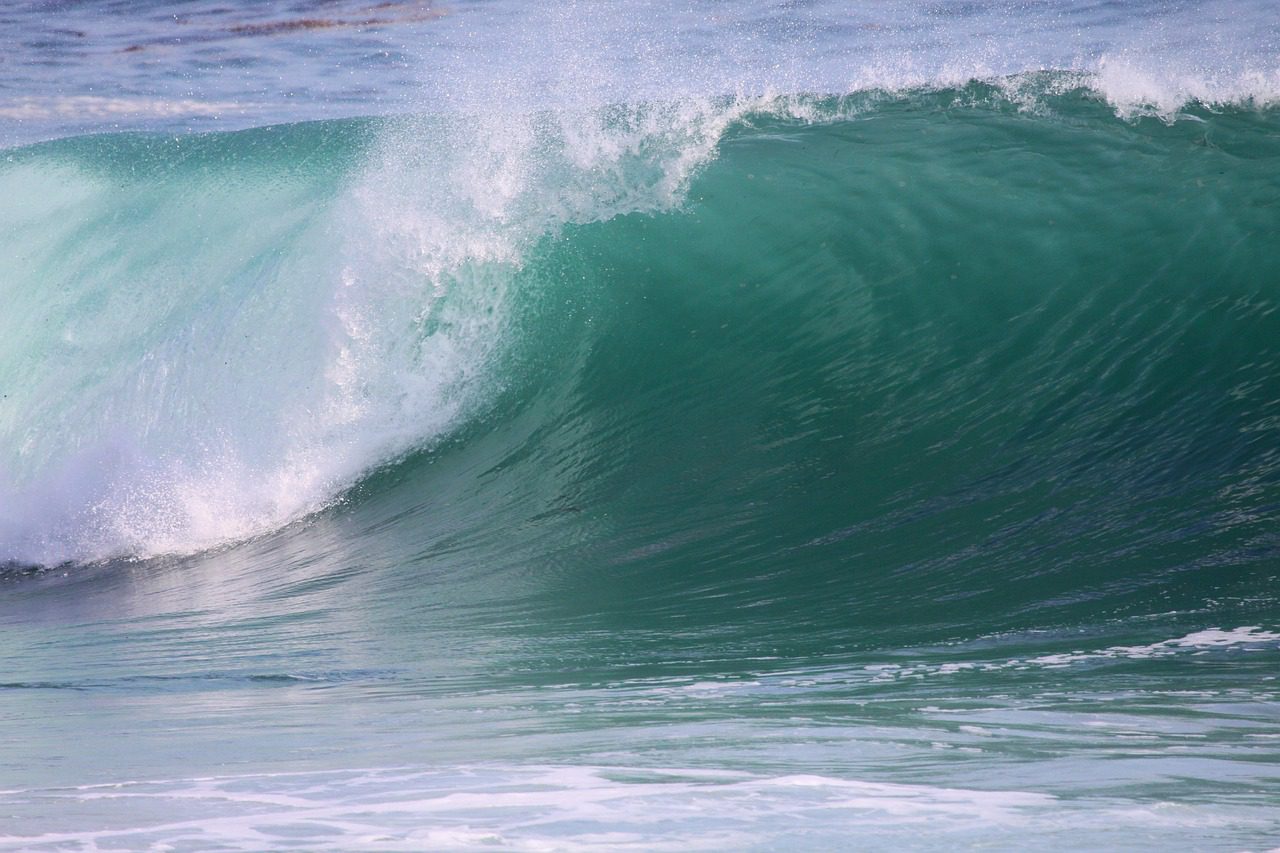Volunteers remove 325 pounds of trash from Mission Bay, surrounding park
SAN DIEGO (Oct. 25, 2014) – This morning hundreds of volunteers on the water and land conducted a three-hour sweep of Mission Bay for SeaWorld’s and San Diego Coastkeeper’s Third Annual Mission Possible: Clean the Bay Day. More than 115 participants, including four standup paddle boarders and two kayakers, joined the on-the-water and shoreline cleanup around Marie Starns Park.
“We’re from Carlsbad and spend a lot of time using Mission Bay, so we felt we should help clean it up,” said Gary and Judy Newton, residents of Carlsbad and members of Mission Bay Yacht Club.
In total, volunteers removed 325 pounds of trash from Mission Bay, including an unusual number of small dead animals, a shopping cart, a piece of a boat oar, numerous tennis balls, glow sticks, a television cable, a baby rattle and a plastic dinosaur.
“You can do anything if you use your imagination–one person’s trash is another bird’s treasure,” said Celina Bowns, a resident of El Cajon, who collected the trashed tennis balls so that she can turn them into toys for a local bird rescue organization.
Volunteers at last year’s event cleared 561 pounds of trash in one day, including large items like a rusted metal pipe, a shopping cart and a sailboat rudder, and also smaller items like 1,499 cigarette butts and 563 plastic food wrappers. These run consistent with other beach cleanups, according to Coastkeeper Executive Director Megan Baehrens, who says items made of plastic are the most common item recovered by volunteers.
Trash collected at this year’s Mission Possible: Clean the Bay Day added to the more than 1,400 pounds of trash already removed from Mission Bay and Mission Beach by Coastkeeper volunteers in the months leading up to the event in 2014.
Volunteers at Mission Possible collected items on the shoreline and from the water, which did not surprise the organizers since nearly 80 percent of trash in the ocean starts on land. Sitting at the base of the San Diego Watershed, water from inland creeks, streams, rivers, and rain events flows into Mission Bay on its way to the Pacific Ocean. Water transports trash left on the ground or accidentally blown out of trash bins through our watershed into our coastal waters.
SeaWorld’s Animal Rescue Team sees first-hand the effects of marine debris because they care for animals that become entangled or ingest the items. Every year, SeaWorld rescues an average of 150 marine mammals, many of them affected by debris or pollution, such as fishing line and gear, oil spills and general debris such as plastic bags and other trash items. Debris also affects sea birds, especially pelicans. In 2014 so far, SeaWorld has rescued and cared for more than 200 marine mammals and dozens of pelicans, grebes and other marine birds, many of which were injured or ill because of marine debris.
###
About San Diego Coastkeeper
Founded in 1995, San Diego Coastkeeper protects and restores fishable, swimmable and drinkable water in San Diego County. Visit online at https://www.sdcoastkeeper.org
About SeaWorld San Diego
With more than 155 million visitors since its opening on March 21, 1964, SeaWorld is San Diego’s leading tourist attraction and one of the most popular marine-life parks in the world. SeaWorld San Diego is one of 11 parks operated by SeaWorld Parks & Entertainment. A global leader in animal care and conservation, SeaWorld Parks & Entertainment cares for more than 60,000 animals including 200 endangered or threatened species. This commitment extends to animals around the world–the company has contributed more than $50 million to conservation, wildlife rescue and environmental stewardship initiatives and operates one of the world’s most respected animal rescue and rehabilitation programs. SeaWorld parks have rescued more than 20,000 orphaned, injured or ill animals over five decades; SeaWorld San Diego alone has rescued more than 15,000 animals during that time.













